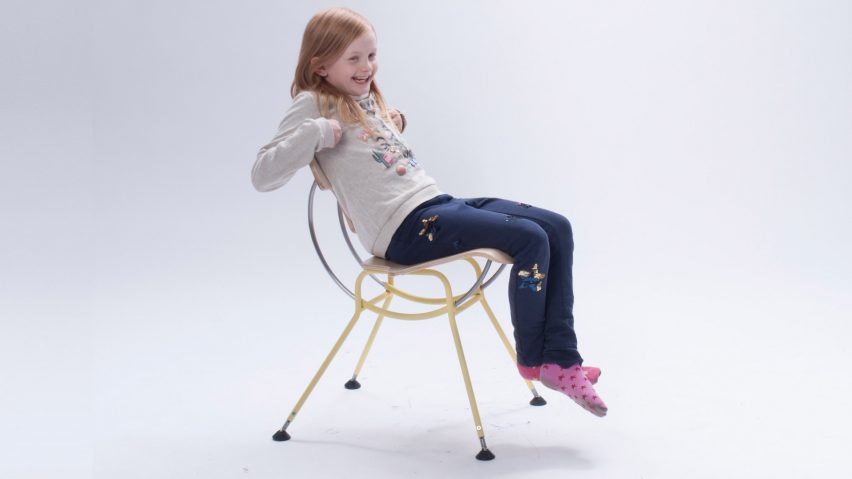
Design students create classroom furniture to help kids concentrate
Students from the Royal Danish Academy of Fine Arts have created a collection of furniture for school classrooms, intended to help children stay focused during lessons.
The Classroom project was presented during this year's Stockholm Furniture Fair, as part of the city's annual design week.
It saw nine students design furniture for schools in Denmark, which now typically have bigger classes and require children to be present for longer hours.
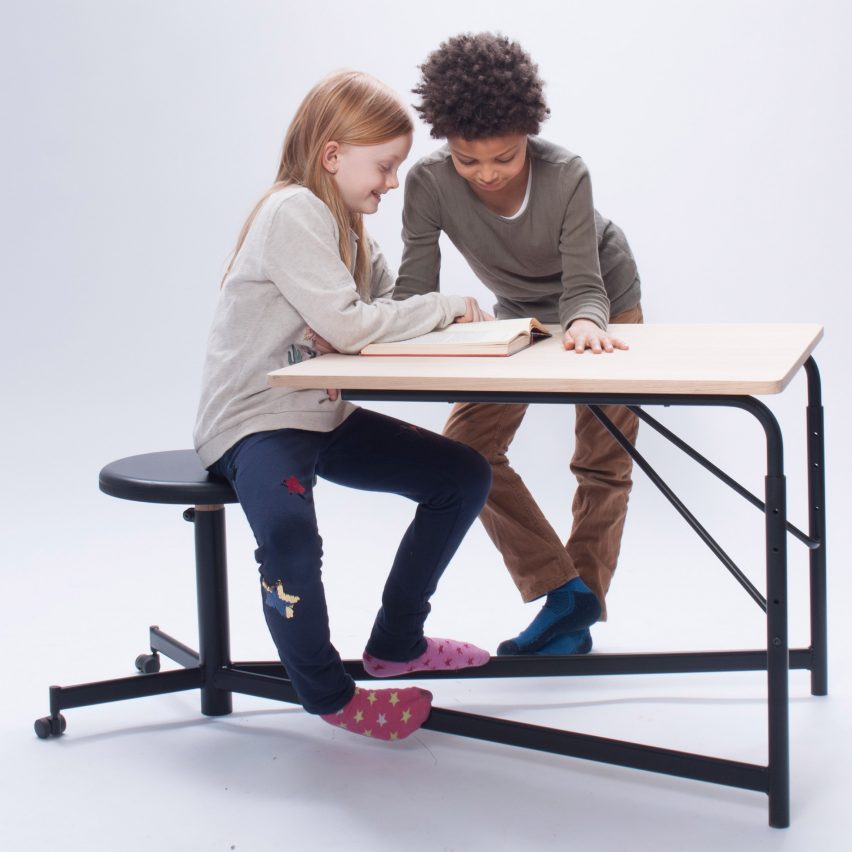
Looking to the year 2020, the students devised different systems that would each help keep the children's focus – ranging from squishy seats to desks that turn into stools.
"This project is about the classroom, and we looked at how children learn when using different kinds of furniture, taking into account the ergonomic aspects," student Gunilla Dueholm Persson told Dezeen.
"We went to a school to see what a typical day is like, and the projects became very different," she continued. "We all made different projects based on what the most important part of the learning process is."
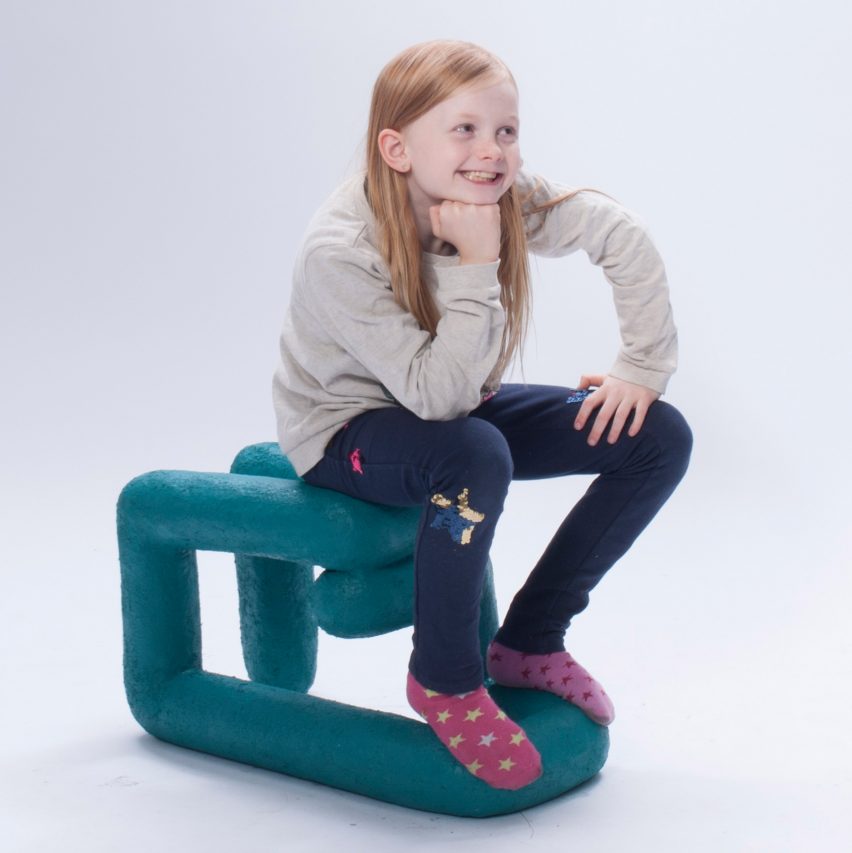
A number of the students turned their attention to alternative seating solutions.
One stool, named Alert, is designed by student Anna Søgaard Hansen to keep the body active while in the seated position.
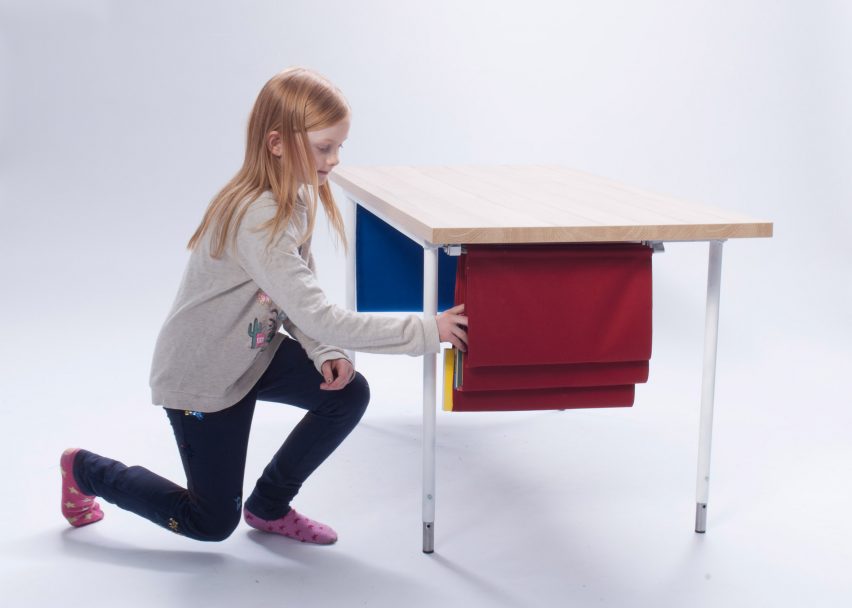
The stool utilises a moveable joint connecting a cone-shaped base and seat – allowing the child to move about during classes.
Dueholm Persson also created a stool, named Log, which is made from lightweight, squishy foam that allows children to easily pick up and move the object around themselves.
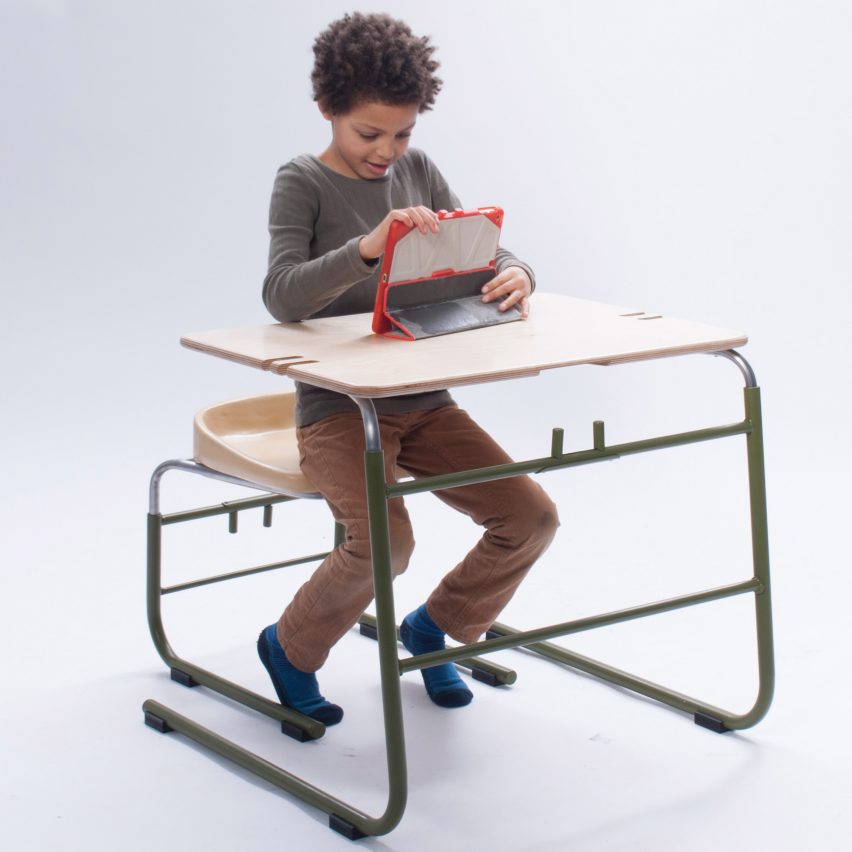
The Shift chair, by Malte I Sehested Juul, is made from a wood and steel frame that can be altered – meaning the backrest can become the seat, and the seat can become the backrest.
Jens Lyngdal Wulff's Pi chair is designed to allow the child to sit in a range of positions, while Malou Frandsen's Shift chair can be placed on the floor in any direction.
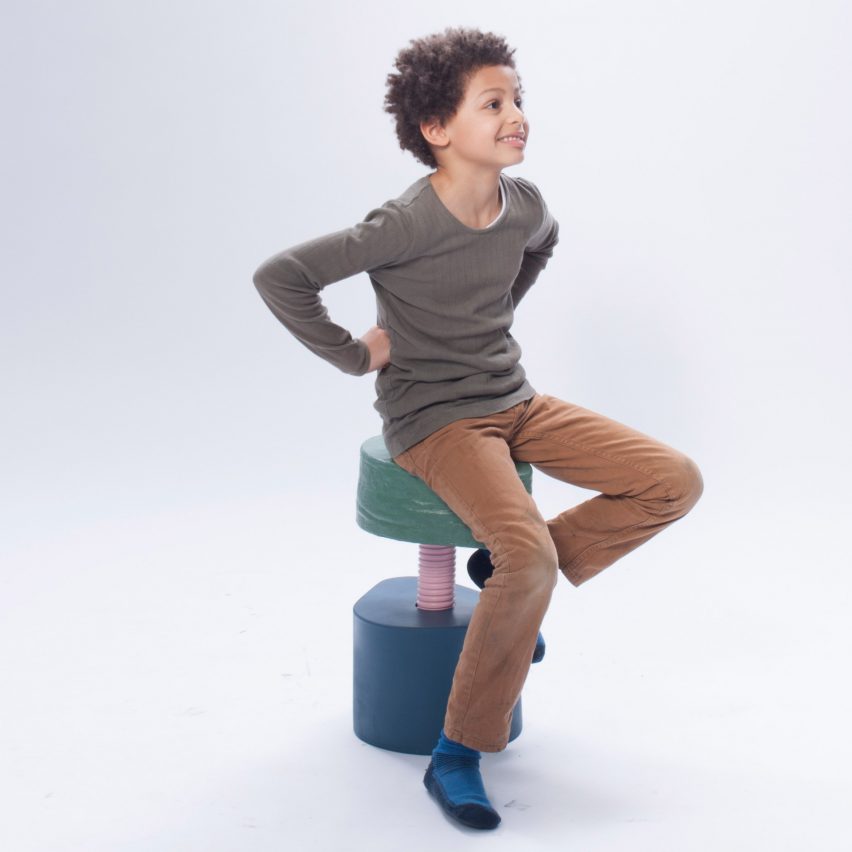
The remaining students opted to create desk and seat combinations, such as Adjust by Caroline Rievers and Hans-Christian Bach – designed to tailor to different heights and growing children.
"The lack of a specific direction means that the user can interpret for themselves how the furniture is used," they said.
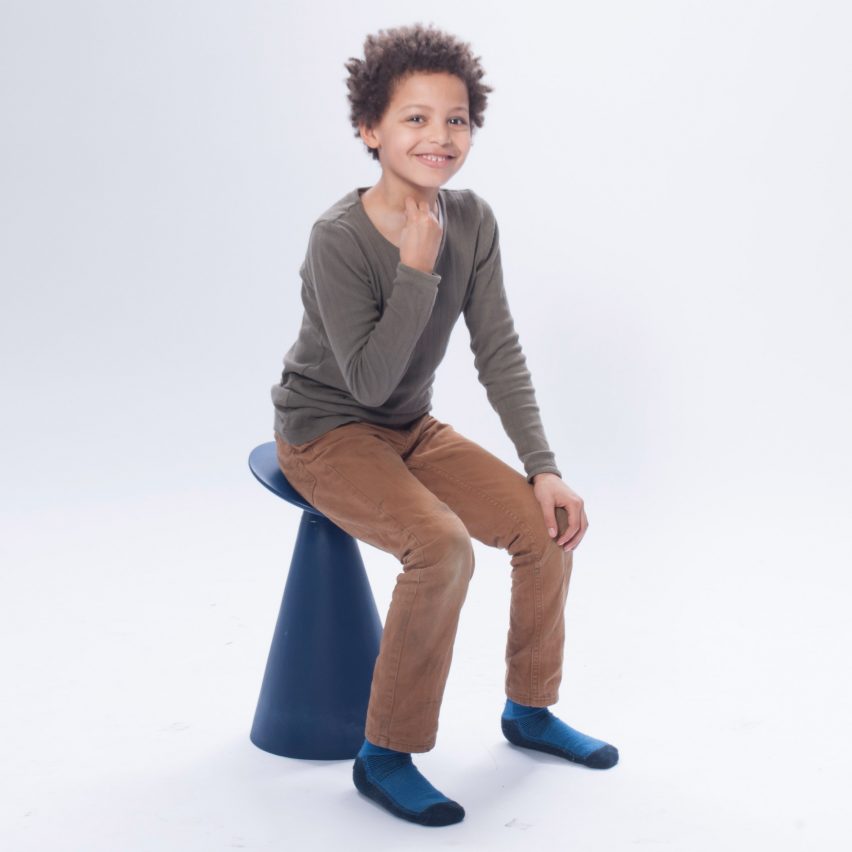
Magnus Lyng opted for a similar concept with his Up&Down project, which features a seat connected to a desk – both of which can be lifted to suit different postures.
Finally, Jasper Vangsgaard – aiming to "rethink the school table" – created a desk that incorporates storage and a textile skirting for the child to customise.
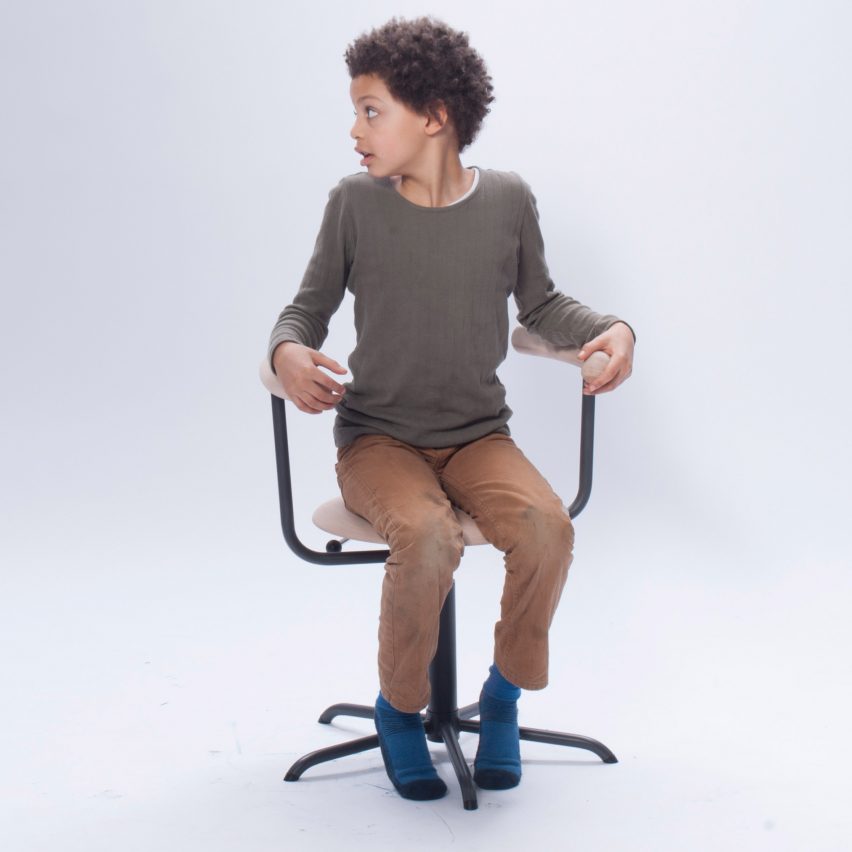
Classroom was presented inside the Stockholm Furniture Fair's Greenhouse area, a space dedicated to emerging designers and students, until 10 February 2018.
Also on show was a collaborative project by Beckmans College of Design, which saw 12 students team up with six established Swedish brands to create prototype pieces of furniture, and a range of colourful chairs by Aalto University students intended to help a sitter reach a meditative state of mind.